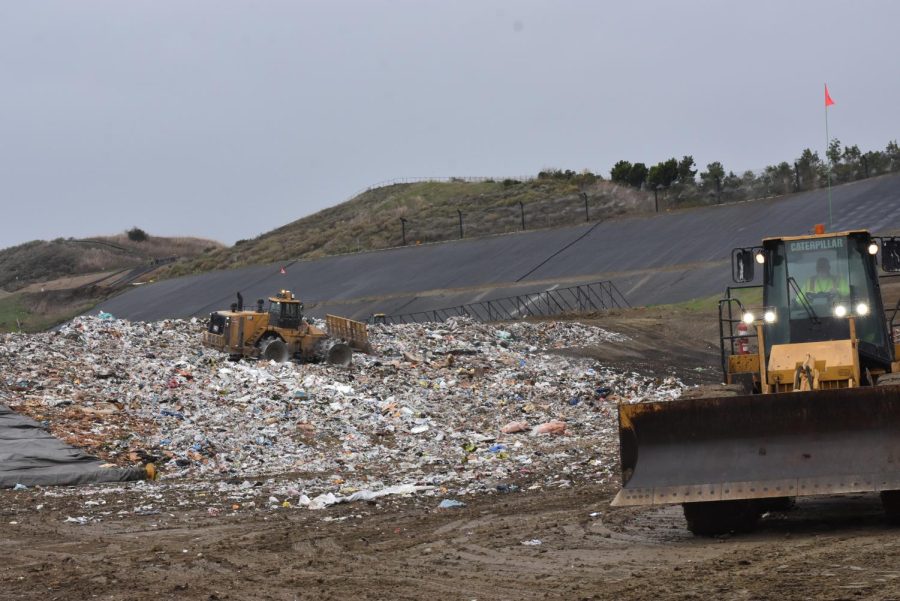Sanitary, not Trashy
The Prima Deshecha landfill is located less than one mile away from campus. The stallion community has raised concern about SJHHS’s close proximity to the landfill, but it may not actually pose much risk to students.
February 17, 2022
SJHHS has notoriously been labeled as “the dump school” since its opening. Despite pristine facilities, a professional theater, and the state-of-the-art stadium, the BadLands, SJHHS hasn’t been able to shake the fumes of the “dump” off their reputation.
The 1530-acre large landfill, Prima Deshecha, opened in 1976. It is located just 0.8 miles from campus, and receives up to 4,000 tons of trash per day.
Rest assured, it may not actually pose much risk to the local community.
“This landfill is a sanitary landfill. It’s not a dump,” said AP Environmental Science teacher, Emily Price.
A dump is a large, exposed pile of garbage in an open area. However, at the Prima Deshecha landfill, trash is covered with soil nightly. The landfill works in sections, and once a cell is completely full, it is capped and completely closed off.
Contrary to popular belief, the odor that the stallion community has been smelling for years may not be from the dump. The green waste facility, Tierra Verde, located directly across campus may actually be the culprit. Tierra Verde’s job is to create mulch for plants from green waste.
“A lot of times when it smells stinky here, it’s coming from them [the green waste facility]. They’re really good about keeping the smell down at the landfill,” said Price.
Prima Deshecha also works to make environmentally conscious efforts on site, in an attempt to compensate for the naturally negative effects of a landfill.
The landfill stores its leachate away in bins [toxic liquid created from landfills]. It also has pipes to collect the methane gas produced, and a portion of it is transformed to electricity to power the landfill, while the rest is flared off. Engineers at the landfill have even implemented a “cool roof” for its office buildings, which cuts heating and cooling costs by naturally insulating the area. Not to mention, 200 already-filled acres have been revegetated and restored for habitat reclamation.
However, Prima Deshecha may struggle to compensate for the carbon it creates.
“They really work hard to reduce methane emissions. But there is carbon, I mean they have to drive the equipment,” said Price. “Carbon dioxide is the major contributor to global climate change, to having greenhouse gasses, but it’s not as powerful as methane is. It’s more prevalent, we produce more of that, but there’s so little CO2 naturally in the atmosphere that any change really has a big impact, and I think that’s the challenge.”
For the past 10 years, with exemption of the past two COVID years, Price has taken her AP Environmental Science students on field trips to the landfill, to get real-life experience with the material they are learning. However, due to the continuing pandemic, it is unclear if her students will be able to attend the landfill this school year.
“I hope we’re going to get to go, but right now it’s really up in the air. It takes me a while to plan it, and right now there’s no point in planning it because [the landfill] haven’t given me the ‘go ahead’ yet,” said Price.
Prima Deshecha is expected to operate until 2102, based on an agreement with the county. Until then, the landfill will continue to fill up with waste from Orange County residents.



